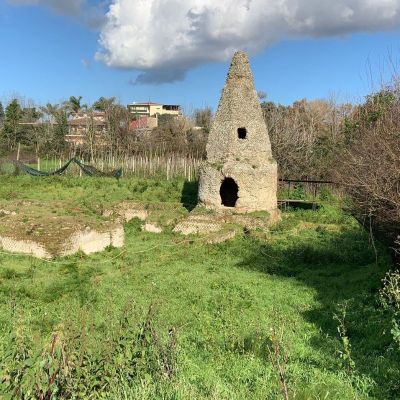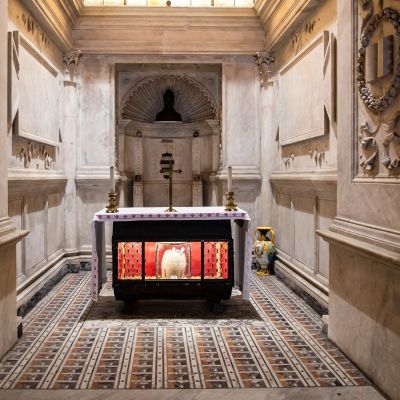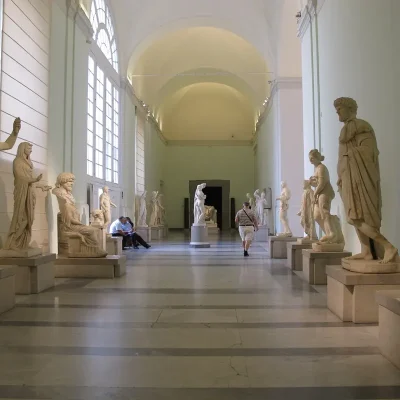The Carnival season in Campania is a kaleidoscope of festivity and color, captivating both locals and tourists alike. From the historical streets of Caserta to the scenic vistas of Salerno, each event is a unique celebration of culture and tradition, offering a blend of entertainment suitable for every age group. Embrace the spirit of joy and community as we explore six must-experience events that define the Carnival in Campania.
Table of Contents
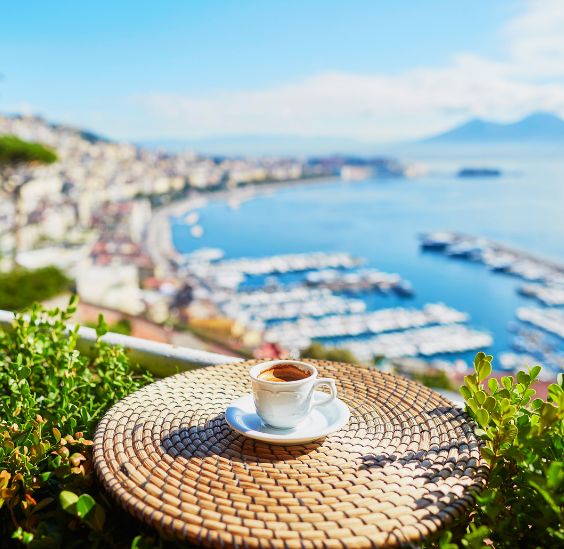
#1 Carnival at the Royal Palace of Naples
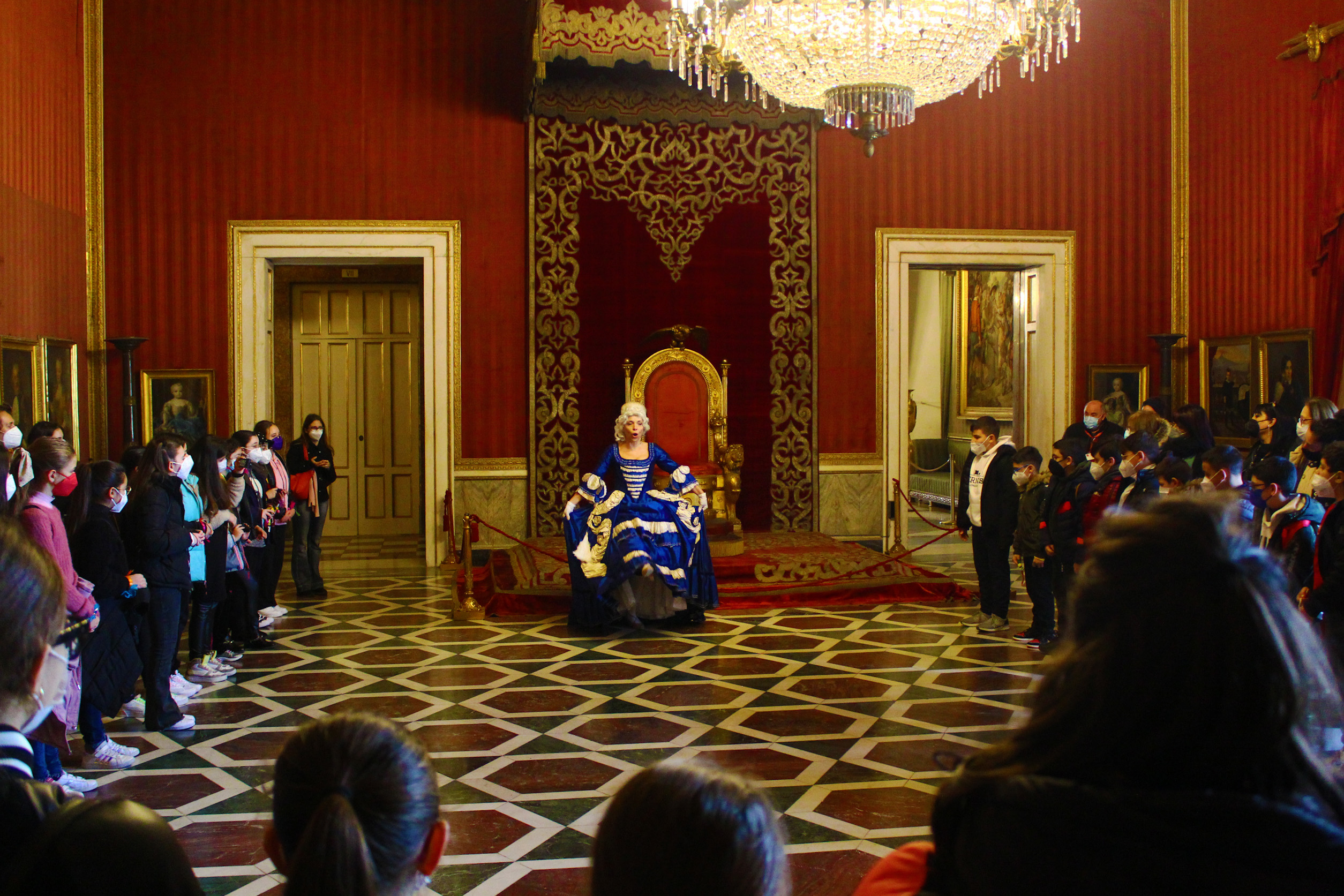
Date: February 5th, 2024
Experience the enchanting Carnival at the Royal Palace of Naples, where history meets festivity in the grand “Ballo a Corte”. This event invites you to step back in time to the era of King Ferdinand of Bourbon and Queen Maria Carolina. As you wander through the opulent rooms of their residence, you’ll encounter the king, famously indulging in his favorite babà, and the queen, meticulously preparing but also ready to teach the art of the curtsy and bow to her guests. The journey through the historical apartments culminates in a splendid ballroom dance to the rhythm of the minuet. This 90-minute guided tour, enriched with theatrical performances, offers both children and adults the unique opportunity to participate in costume, immersing fully in the carnival spirit. It’s a playful and educational way to explore the Royal Palace’s art and history, making it a must-visit event for families seeking a blend of culture and fun during the carnival season. Tickets
#2 Palma Campania Carnival in Naples
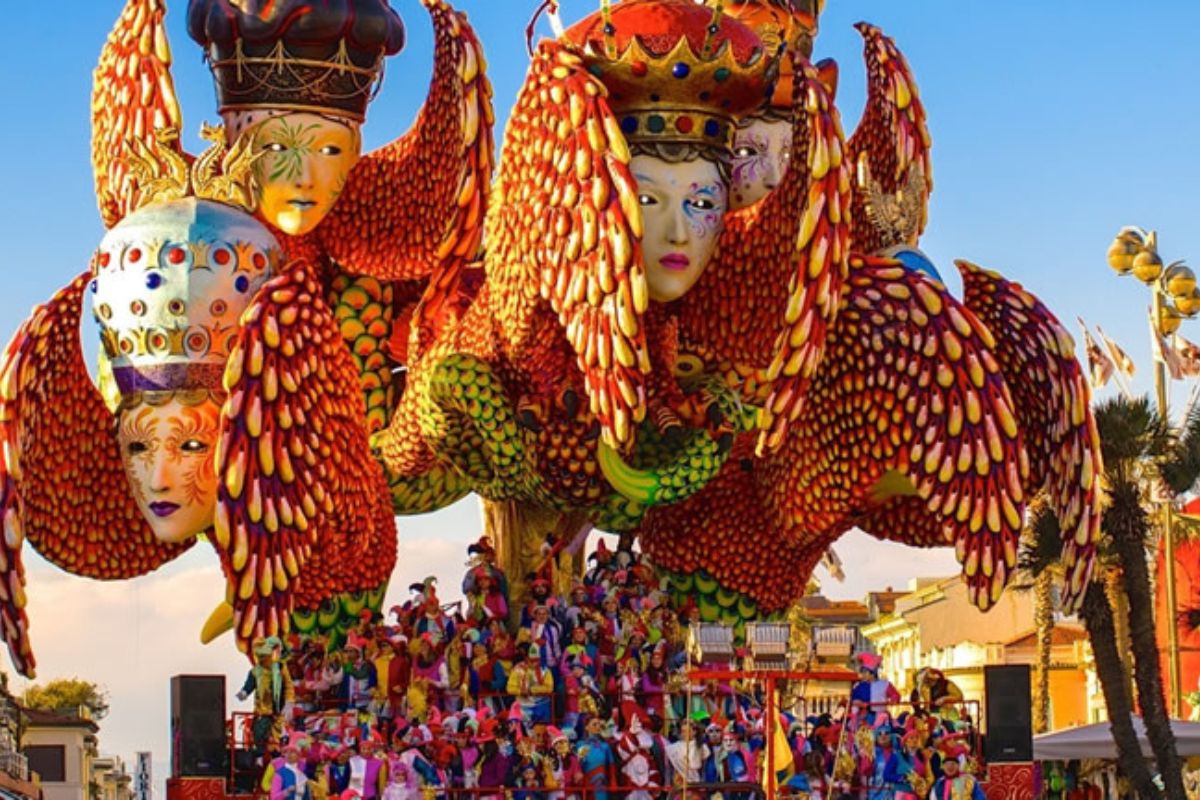
Start Date: February 17th, 2024
Palma Campania’s Carnival is a vibrant fusion of tradition and modern entertainment. Beginning on February 17th, this event is famous for its unique celebrations like “Sant’Antuono, Masks and Sounds.” The festival is also home to the Palio 2024, a ceremonious event that draws crowds from across the region. Another highlight is the Villaggio delle Quadriglie, where visitors can immerse themselves in the culture through masked folk groups and traditional performances. The Carnival in Palma Campania is a perfect blend of historical significance and contemporary revelry, offering something special for every visitor. – Full Article
#3 Saviano Carnival in Naples
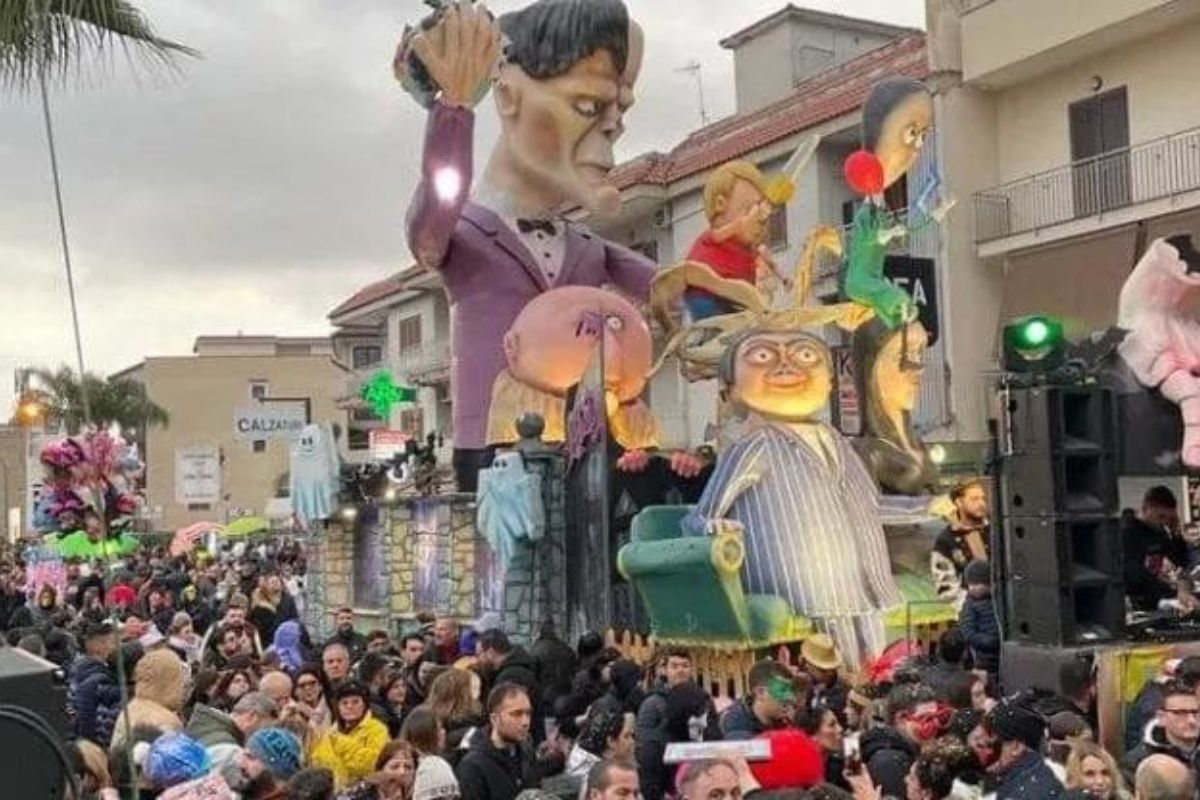
Start Date: January 17th, 2024
Main Celebration Dates: February 4th, 11th, and 13th, 2024
The Carnival of Saviano kicks off with the historical parade “The Republic of Masaniello” on January 17th, setting the stage for a series of vibrant events. Celebrations include ‘O Fucarone ‘E Sant’Antuono, a tribute to local traditions and folklore. The festivities reach their peak with three days of exuberant celebrations in early February, marked by elaborate floats and a festive atmosphere. Saviano’s Carnival is a showcase of local heritage, bringing together the community and visitors to partake in a memorable cultural experience.
#4 Gran Carnevale Maiorese in Salerno
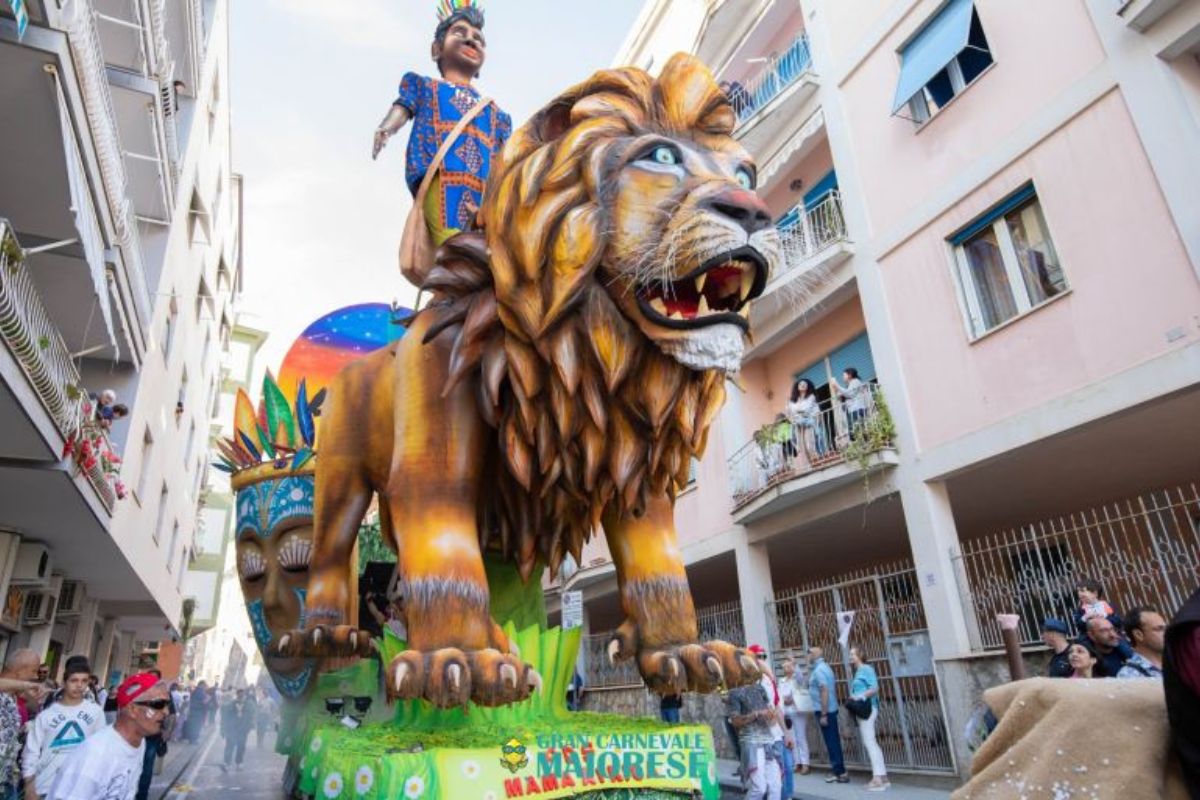
Event Dates: February 11th, 13th, and 18th, 2024
Theme: “The Roots”
Maiori, a gem along the Amalfi Coast, is gearing up for its 50th Gran Carnevale Maiorese. This year’s theme, “The Roots,” aims to celebrate the deep cultural and historical heritage of the region. The streets will come alive with a burst of confetti, allegorical floats, and captivating performances. Visitors can expect a sensory feast with the air filled with the rhythm of music and the sight of intricately designed costumes. The carnival’s vibrant atmosphere makes it an ideal destination for those seeking a blend of traditional celebration and modern festivity.
#5 Montemarano Carnival in Avellino
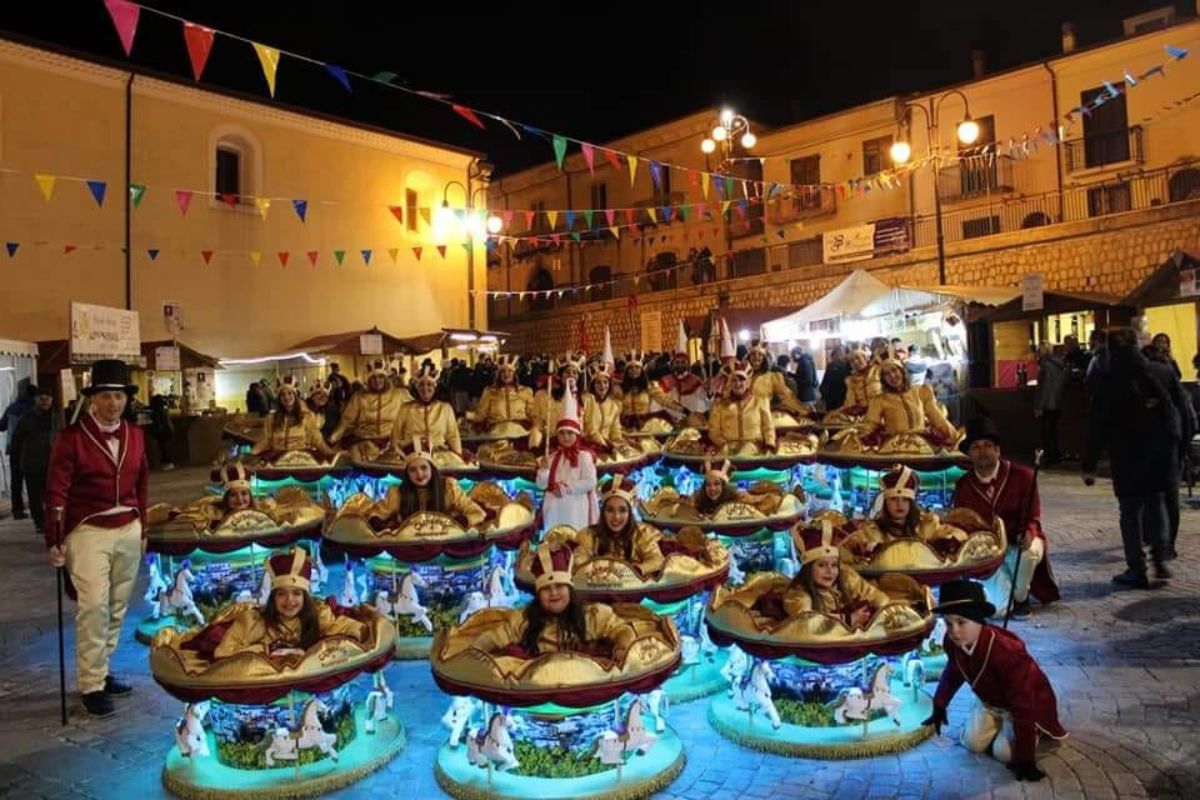
Event Dates: February 9th, 10th, 11th, 12th, 13th, and 18th, 2024
Renowned for its traditional tarantella dance, the Montemarano Carnival is a cultural spectacle that attracts enthusiasts from all corners. The dance, led by the “Caporabballo” or the dance leader, is a rhythmic journey through the town’s history and traditions. Over the course of six days, the town is transformed into a stage for this ancient dance form, offering a unique insight into the local folklore. The tarantella, with its fast pace and lively beats, is more than just a dance – it’s a celebration of life and community, inviting everyone to partake in the joyous spirit of the Carnival.
#6 Capua Carnival in Caserta
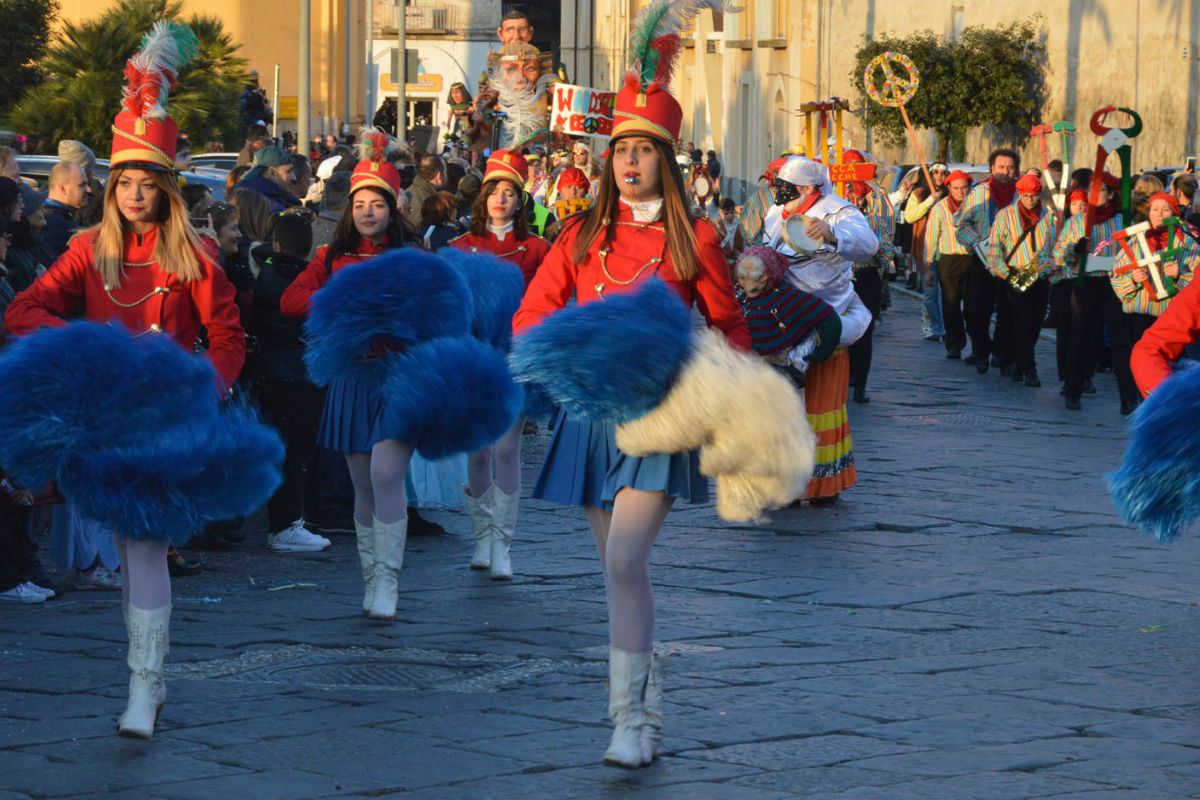
Event Dates: February 8th, 11th, and 13th, 2024
Theme: “A Journey Through Time”
The historic city of Capua prepares to host its 137th Carnival, an event steeped in tradition and joy. This year’s theme, “A Journey Through Time,” promises to take visitors on an enchanting trip through history. Expect vibrant parades that bring the past to life, accompanied by lively musical groups that fill the air with festive tunes. The streets will be adorned with masquerade parades, showcasing an array of costumes that represent different eras, turning the city into a live canvas of history and celebration.
#7 Castelvetere sul Calore Carnival in Avellino
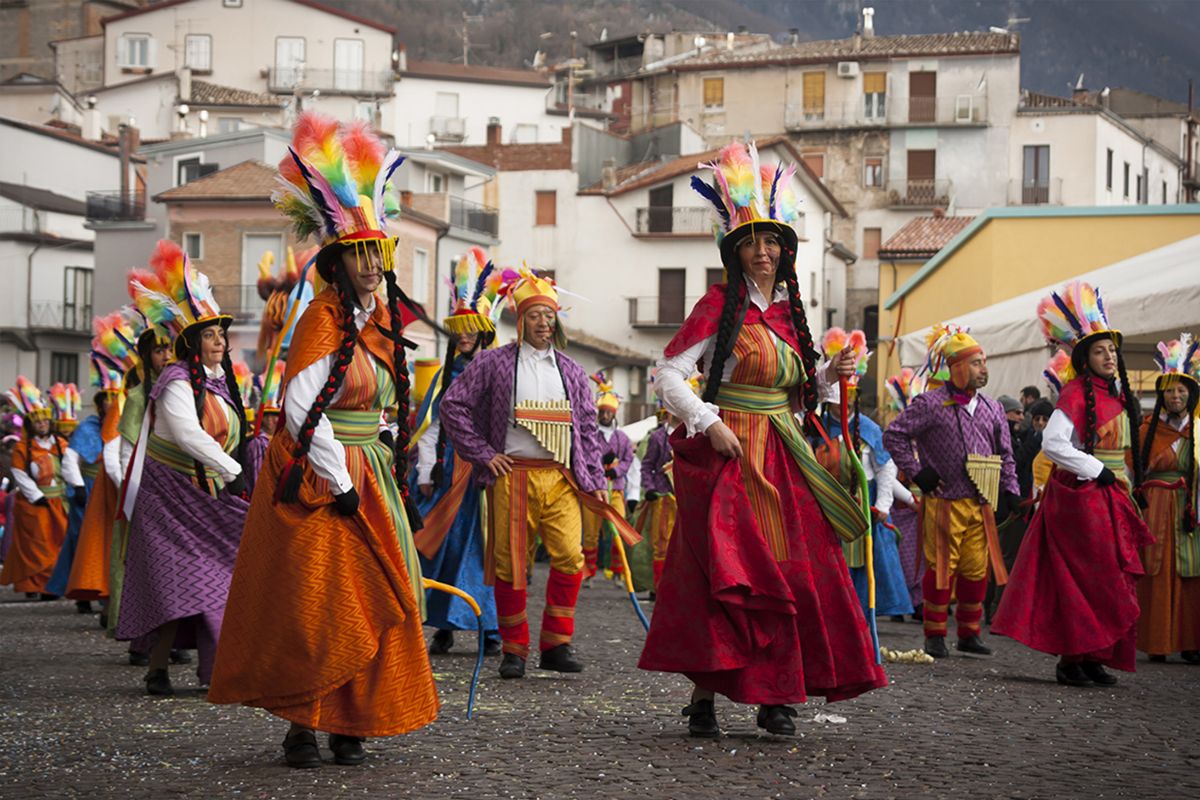
Event Dates: February 4th, 11th, 13th, and 17th, 2024
Theme: “The Carnival of Shapes”
In the picturesque town of Castelvetere sul Calore, the Carnival has been a highlight since its inception in 1683. The 2024 edition, themed “The Carnival of Shapes,” invites spectators to a visual spectacle unlike any other. This unique carnival is known for its historical competition between the ‘castle’ and ‘plain’ areas, igniting a friendly rivalry that adds to the excitement. Expect a display of creativity in the form of elaborate costumes and floats, each a testament to the artistic spirit of the locals. The air will be filled with the joy of competition, music, and a community united in celebration.
Campania’s Carnival 2024: A Tapestry of Color and Tradition
As the Carnival season approaches, the region of Campania in Italy is set to transform into a vibrant tapestry of colors, traditions, and joyous celebrations. The Carnival of 2024 promises an array of events, spanning from the historic streets of Avellino to the scenic Amalfi Coast.
Celebrations Across Campania The festivities kick off with the Carnival in Picarelli, hosted by the Pro Loco of Picarelli in Avellino. Children and families can look forward to an enchanting afternoon on February 4th, brimming with fun and laughter.
Baronissi in Salerno is not far behind, with its Grand Carnival starting on the same day. Here, visitors will be greeted with a shower of confetti, music, dance, and an array of colorful masks.
Moving to Caserta, the 137th edition of the Capua Carnival brings three days of unmatched revelry from February 8th. This year’s theme, “A Journey Through Time,” promises a captivating experience blending history with fun.
Castellabate in Salerno offers a weekend filled with masks, confetti, traditional sweets, and music. From February 10th to 13th, the town will buzz with activities organized by local associations, making it a perfect family getaway.
In Castelvetere sul Calore, Avellino, the 54th edition of the Carnival is themed “The Carnival of Shapes.” The festivities include trekking, children’s carnivals, dance performances, and parades, spread across several days in February.
Highlights and Unique Traditions Each location in Campania adds its unique flavor to the Carnival. From traditional parades in Castel Morrone to the Zeza dance in Cesinali, every event is a reflection of the rich cultural tapestry of the region.
Baronissi‘s Grand Carnival, for instance, is famous for its lively dances and music, while the historic Capua Carnival is renowned for its elaborate masks and grand parades. Castellabate’s celebration is ideal for families, offering a more relaxed and joyous atmosphere.
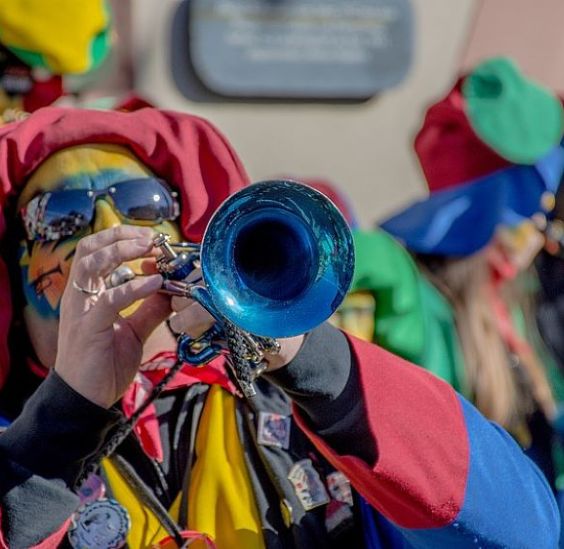

As the confetti settles and the music fades, the Carnival in Campania leaves behind a trail of joyful memories and cultural enrichment. Each event, from the historical parades in Capua to the rhythmic tarantella in Montemarano, paints a vivid picture of the region’s rich heritage and communal spirit. The festivities in Maiori, Palma Campania, and Saviano add their unique flavors, blending tradition with contemporary celebration. These six events are not just about fun; they are a testament to the enduring charm and vibrant character of Campania. They invite locals and tourists alike to partake in a celebration that goes beyond mere entertainment, fostering a sense of unity and shared joy.



